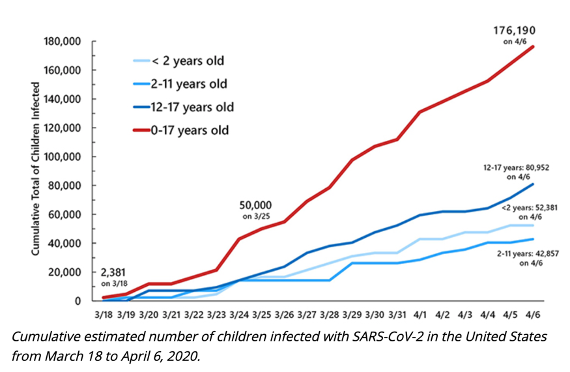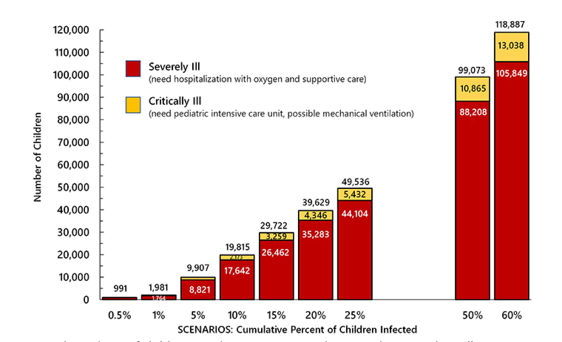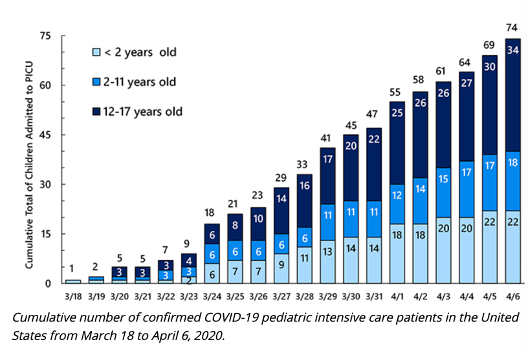USF Study Reports Pediatric COVID-19 Cases Higher than Expected
The study estimates that for each child in the PICU for COVID-19, another 2381 children are infected with the virus.




Children are being affected by coronavirus in higher numbers than expected, according to a study published by the University of South Florida (USF) and the Women’s Institute for Independent Social Enquiry (WiiSE) in the Journal of Public Health Management and Practice.1
The findings further illuminated the potential for health care system strain in the United States in the face of severe acute respiratory syndrome coronavirus 2 (SARS-CoV-2), the virus that causes the novel coronavirus disease 2019 (COVID-19).1
Investigators from USF and WiiSE estimated that for each child who needs intensive care to treat COVID-19, an additional 2381 children are infected with the virus. The results followed study reports from the Chinese Center for Disease Control and Prevention, which incorporated data from 2100 children in China with COVID-19.1
At the time of this publication, global confirmed cases have reached 2,678,585. The United States carries the highest numbers, with 856,000 confirmed cases.2
The report noted that confirmed case counts likely do not reflect the real numbers, though. According to Virtual Pediatric Systems, the North American registry, although 74 children in the United States were admitted to pediatric intensive care units (PICUs) between March 18 and April 6, another 176,190 children have been projected to also be infected during this time.1
Research warns that if 25% of the US population becomes infected with COVID-19 before 2020 comes to a close, 50,000 children with severe illness will require hospitalization; additionally, 5400 will become critically ill and depend on ventilation, according to the study.1
A recent, nationally distributed survey published in Critical Care Medicine evaluating the country’s pediatric critical care capacity found that approximately 5100 PICU beds are currently available in the United States.1
Another consideration is the socioeconomic status of children being affected by COVID-19. Just as adults working blue-collar or service jobs, living in low-income or urban areas, or having minority status are at heightened risk for becoming infected with COVID-19, so are their children.1
“Although the risk of severe illness from COVID-19 is lower in pediatric cases than adults, hospitals should be prepared and have the proper equipment and staffing levels to deal with a potential influx of younger patients,” said the study’s author Jason Salemi, associate professor of epidemiology in the USF College of Public Health. “Government officials and policy makers should understand the likelihood of capacity challenges, which underscores the importance of effective mitigation strategies such as frequent and thorough handwashing and persisted social distancing measures.”1
References:
1. COVID-19 possibly striking more children than expected. News Release. USF; April 16, 2020. Accessed April 22, 2020. https://www.usf.edu/news/2020/covid-19-possibly-striking-more-children-than-expected.aspx
2. Coronavirus Resource Center. Johns Hopkins University & Medicine; April 23, 2020. https://coronavirus.jhu.edu/map.html